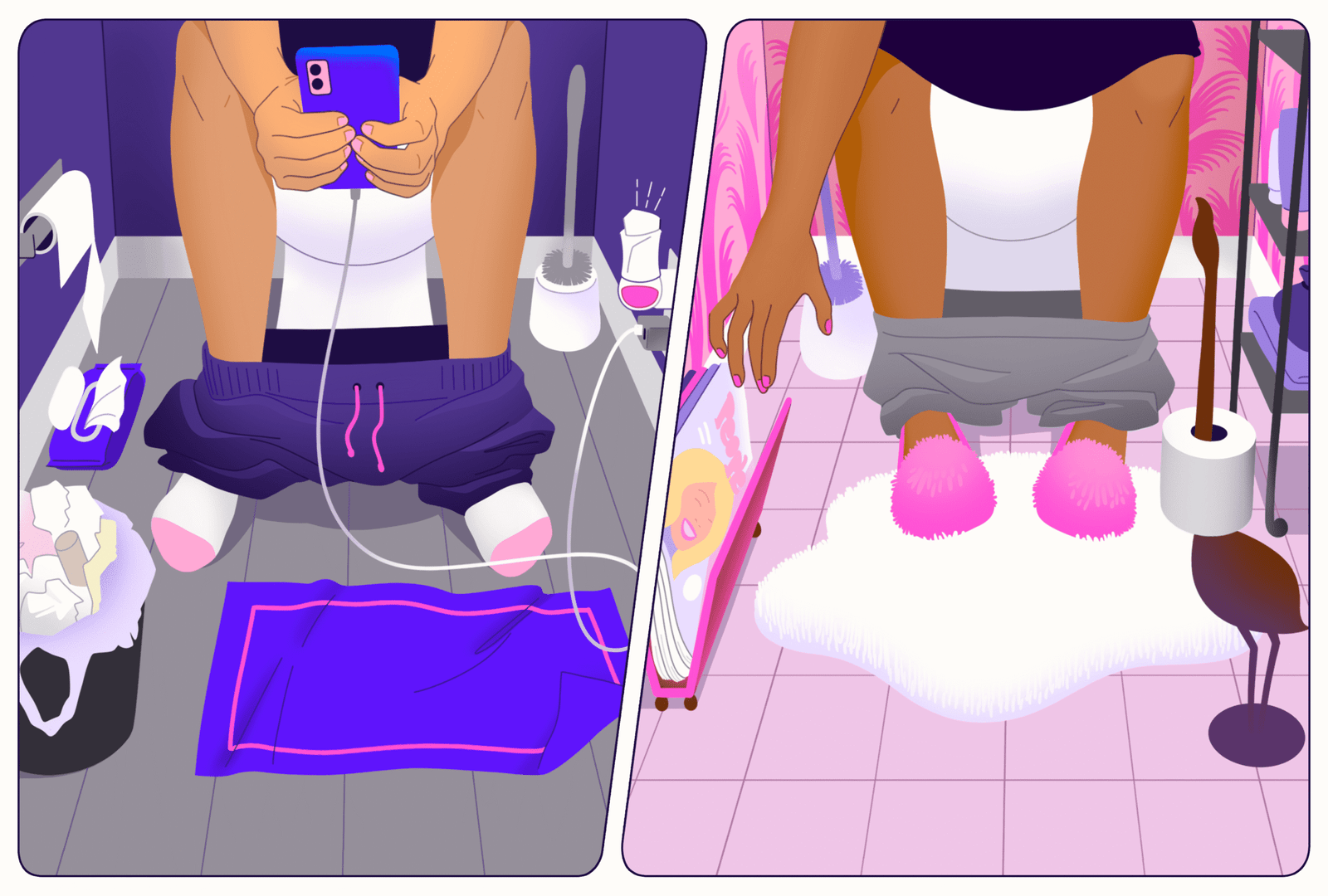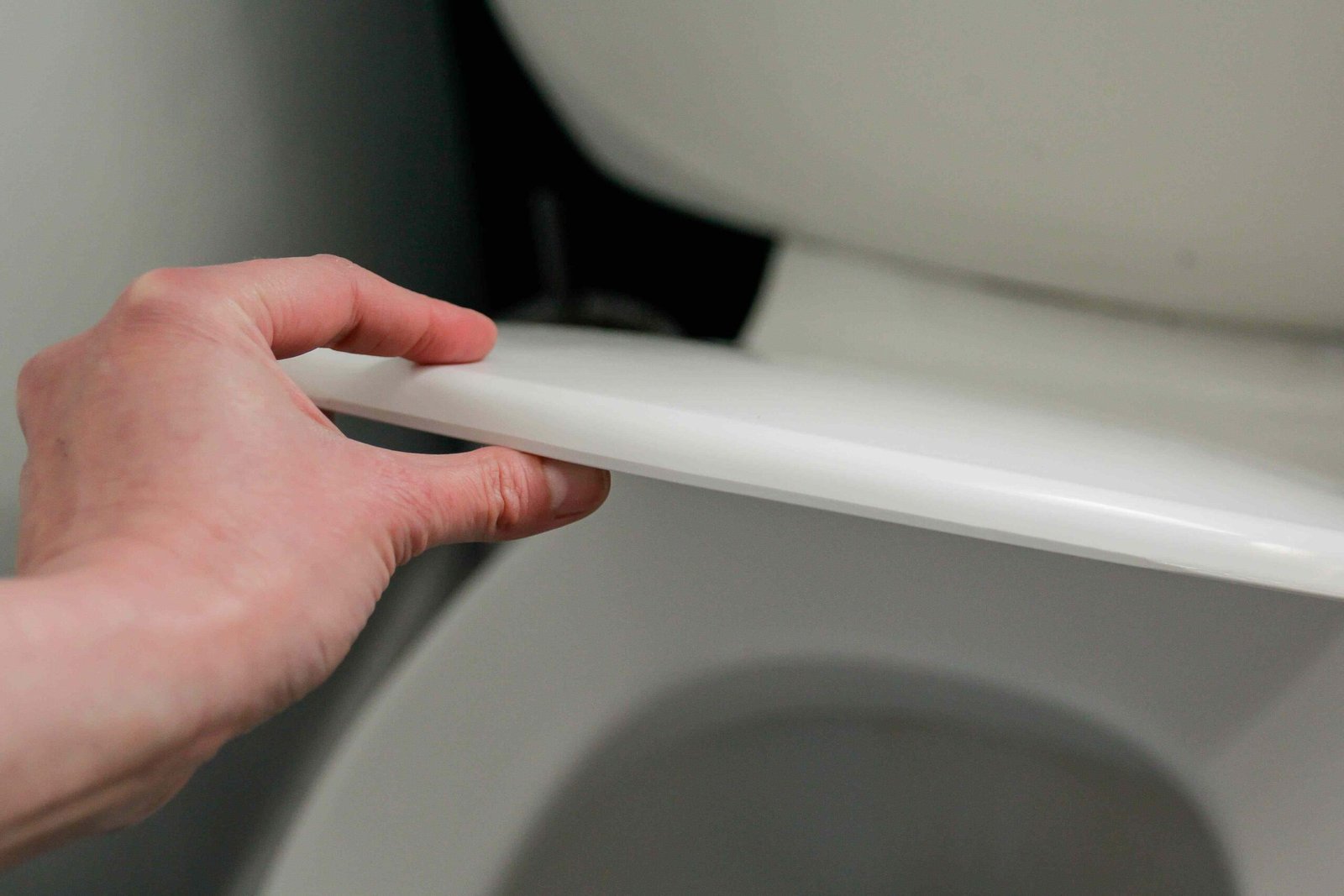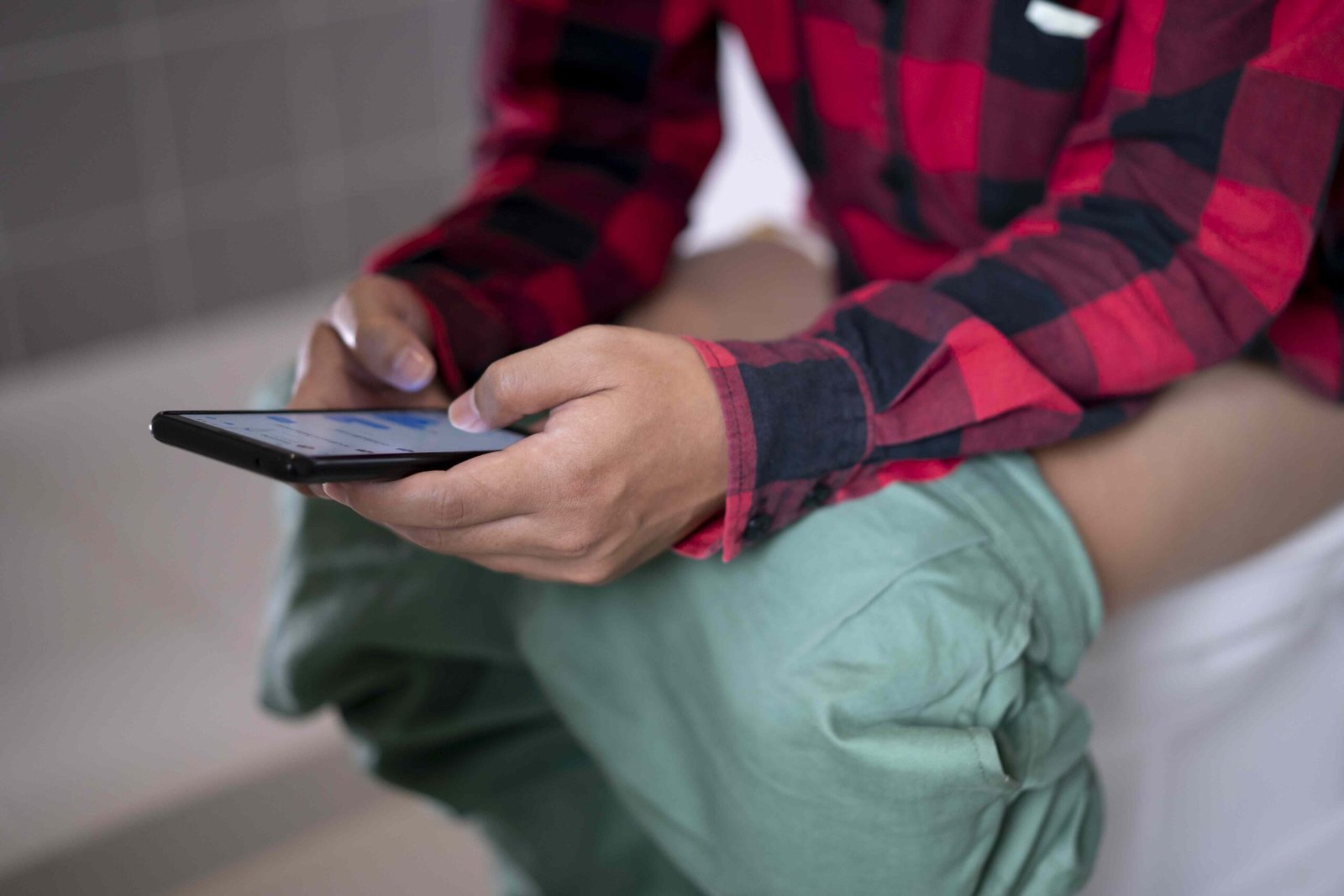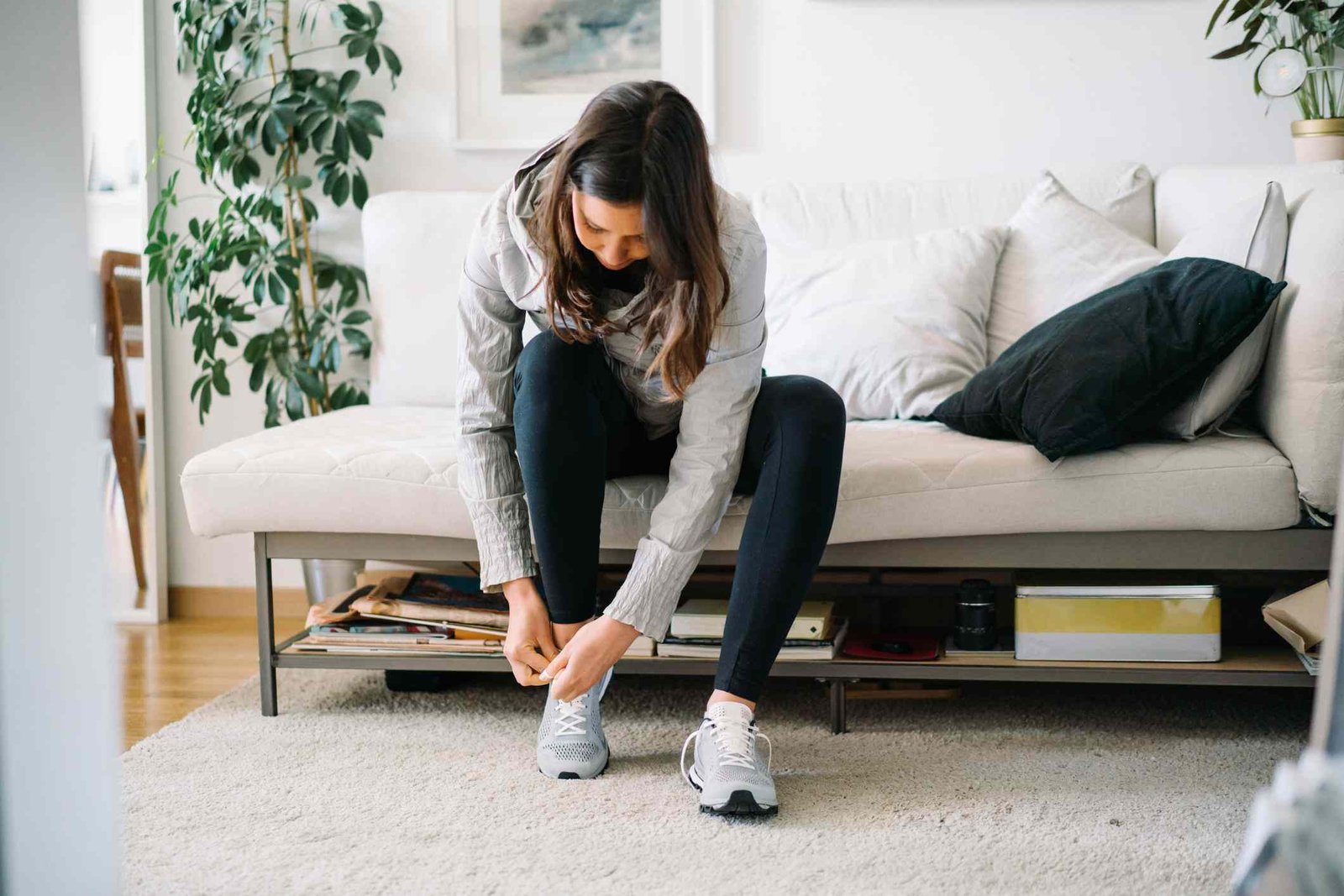
About 3% of people in the United States have hyperhidrosis (excessive sweating). Underarm sweat can interfere with your comfort and confidence in daily life. While medical treatments for excessive sweating are available, the cost and side effects may make natural methods worth a try.
You may find that certain things trigger underarm sweat. Keeping a sweat journal can help you figure out when you tend to sweat and what might be triggering the episodes.
Lots of things can trigger sweating, including certain medications, health conditions, and foods. Common dietary triggers for excessive sweating include:
- Caffeine in coffee, tea, or soda
- Chocolate
- Spicy foods
- Fatty, sugary, or salty foods
- High-protein foods
- Alcohol
Nervousness, anxiety, and stress are also common sweating triggers. Managing these feelings with these strategies may help you keep sweating under control:
- Relaxation exercises, such as deep breathing or meditation
- Biofeedback, which retrains your brain to help control certain bodily functions
- Hypnosis, a deep state of relaxation that may be used with other methods to reduce stress
- Cognitive behavioral therapy (CBT), a type of psychotherapy
- Support groups, which can connect you to other people who also have anxiety
Acupuncture is a natural method that has shown some success in reducing sweat. Research published in 2019 suggests that it may be particularly helpful for people whose excessive sweating stems from menopause. Older research suggests it may help stress-related sweating, too.
An astringent is a substance that helps temporarily shrink and tighten skin pores. Closing off the pores of your armpits may reduce how much you sweat. Some astringents, like apple cider vinegar, also have antibacterial properties that can help fight odor-causing bacteria. It’s important to be cautious when using topical astringents, as research on how well they work and their potential side effects is limited.
Examples of natural astringents include:
- Apple cider vinegar: You can dab diluted apple cider vinegar on your underarms before bed and then rinse it off in the morning.
- Sage (tannic acid): You can make a strong sage tea and apply it to your underarms with a cotton ball. Also, drinking sage tea or taking a sage supplement regularly may help from the inside out.
- Witch hazel: You can apply witch hazel astringent directly to your underarm skin. Or you can make a paste by combining the herb form with water. If you use the paste, rinse it off after about an hour.
Many commercially available deodorants contain baking soda (sodium bicarbonate) and cornstarch. Cornstarch is highly absorbent, while baking soda helps neutralize odors.
You can make your own natural deodorant at home by mixing equal parts baking soda and cornstarch. Apply a thin layer to clean, dry underarms, and then wash it off after about 30 minutes.
Baking Soda and Post-Inflammatory Hyperpigmentation (PIH)
Baking soda may irritate your skin and cause it to darken—a condition called post-inflammatory hyperpigmentation (PIH). PIH is more common in darker skin. It happens when irritation triggers excess melanin production, leading to tan, brown, dark brown, or blue-gray spots. These areas usually fade on their own within 6-12 months, but a dermatologist can help speed up fading with various treatments.
Other tips to help you stay drier and more comfortable include:
- Use antiperspirant: Regular and clinical-strength antiperspirants are available over the counter to help prevent sweating. Apply them right before bedtime for best results.
- Drink plenty of water: This will help keep your body cool and replace hydration that you lose through sweat.
- Wear loose-fitting, breathable clothing: Loose clothing allows your sweat to dry instead of holding it against your skin. Natural fabrics like cotton and bamboo are the most breathable.
- Wear moisture-wicking clothing: You can also wear shirts that are meant to pull your sweat away from your skin so it can evaporate quickly.
- Try underarm or dress shields: These are pads you wear under your clothing to absorb sweat before it becomes visible.
- Keep your environment cool and dry: If you have air conditioning, use it to maintain a comfortable temperature.
While natural remedies can be helpful, it’s important to be aware of their possible risks and side effects:
- Lack of scientific evidence: Many natural remedies have anecdotal support, but scientific research on their effectiveness for underarm sweat is limited.
- Skin irritation: Some natural substances, such as astringents, can cause skin irritation, redness, or allergic reactions. Always try a new substance on a small area of skin first before applying it to both armpits.
- Interactions: If you are using any prescribed topical treatments for sweating, ask your healthcare provider if combining them with natural remedies is safe.
- Not a cure for underlying conditions: Excessive sweating may sometimes be a symptom of an underlying health condition that needs medical treatment.
In some people, sweaty underarms may be a sign of a medical condition. Tell your provider right away if you have any of these symptoms along with sweating:
- Chest pain or pressure
- Unplanned weight loss
- Fever
- Shortness of breath
- Pounding heart
If you develop excessive sweating as an older adult, an underlying health condition is more likely to be the cause. Tell a healthcare provider so they can rule out a serious cause.
Several natural remedies may help keep your underarms drier. Try to find and avoid your sweating triggers, manage your stress levels, and apply a natural astringent or baking soda and cornstarch to your armpits. Acupuncture may also help.
Even natural remedies carry risks. Talk to your healthcare provider before trying anything new, and tell them if you have excessive sweating along with any other concerning symptoms.






